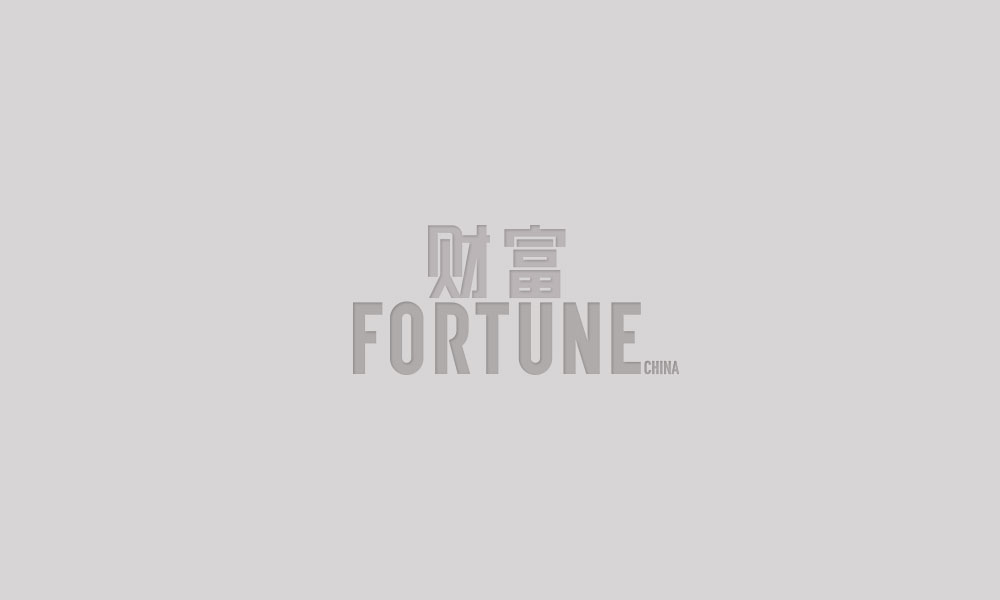爭搶全球18萬億美元大蛋糕, 中國有望能獨(dú)占鰲頭
|
英國著名醫(yī)學(xué)雜志《柳葉刀》刊登的一篇報告稱,目前世界各國在醫(yī)療領(lǐng)域的消費(fèi)接近8萬億美元。三家頂級醫(yī)療研究中心——美國西雅圖的健康指標(biāo)及評估研究院、哈佛陳曾熙公共衛(wèi)生學(xué)院和世界銀行集團(tuán)的數(shù)據(jù)科學(xué)家預(yù)計,到2040年該消費(fèi)額將翻倍,增至18萬億美元。 如此龐大的消費(fèi)會給各國人民和政府帶來挑戰(zhàn),具體形式目前難以預(yù)見。但面對該挑戰(zhàn)有一個國家可能比大多數(shù)國家表現(xiàn)得好,那就是中國。 下月《財富》雜志將在廣州舉辦國際科技頭腦風(fēng)暴大會,上周末我花了很多時間查看參與創(chuàng)新大賽的中國初創(chuàng)公司,發(fā)現(xiàn)其中約有五分之一公司都在努力解決醫(yī)療健康領(lǐng)域的問題,或者滿足該領(lǐng)域市場的需求。而且各家初創(chuàng)公司的獨(dú)創(chuàng)能力令人驚嘆。 我不會透露最看好哪些公司,但不得不說,這些努力創(chuàng)業(yè)的年輕科學(xué)家提出了一些非常有創(chuàng)意的解決方法,可以避免一些常見的手術(shù)感染,處理針對某些抗體藥物的抗藥反應(yīng),改進(jìn)細(xì)胞療法的基因載體,幫助視覺受損的病患“看見”他人的面部,更好地感知環(huán)境,對肺部和其他人體器官難以分辨的部位做影像處理,提高遺傳風(fēng)險分析水平,提升醫(yī)院流程效率。這些聰明的初創(chuàng)公司在研發(fā)新型激光器、新材料和新診斷方法,還有更高效也更節(jié)省成本的新策略。 還有一點(diǎn)很明顯:在中國,商業(yè)創(chuàng)意從概念到走向市場的時間明顯比全球其他地區(qū)短,至少看上去是這樣。12月1日即將出版的《財富》雜志上,美國《時代》集團(tuán)國際編輯錢科雷撰文稱,在中國,創(chuàng)新出現(xiàn)的速度超乎想象,因?yàn)檎辛α浚罅ν苿颖就量萍夹袠I(yè)的投資,涉及機(jī)器人到人工智能等多個領(lǐng)域。 錢科雷寫道,雖然過去數(shù)十年里美國科技業(yè)領(lǐng)先全球,但未來幾十年,美國科技巨頭可能面臨威脅。對此,美國政界某些人已經(jīng)敲響警鐘。再過20年左右,醫(yī)療領(lǐng)域會成為18萬億美元的市場,以我對中國創(chuàng)業(yè)者的判斷,以后該領(lǐng)域的競爭定會白熱化。(財富中文網(wǎng)) 譯者:Pessy 審校:夏林 |
The nations of the world now spend nearly $8 trillion on healthcare, according to a report in The Lancet. By 2040, say data scientists at three leading health research centers—Seattle’s Institute for Heath Metrics and Evaluation, the Harvard T.H. Chan School of Public Health, and the World Bank Group—that bill will more than double, to $18 trillion. The sheer enormity of this expense will challenge citizens and governments in ways we can’t begin to predict. But one nation seems to be getting out in front of that challenge better than most—and that’s China. I spent much of the weekend reviewing China-based startup companies that are competing in an innovation contest that Fortune is hosting at our inaugural Brainstorm Tech Internationalconference in Guangzhou, China, next month. More than a fifth of them are focused on solving a problem, or meeting a substantial unmet need, in the healthcare realm. And the ingenuity of these companies is incredible. I won’t reveal yet who my favorites are, but I will say that these young scientist-founders came up with very creative solutions for preventing infections in some common surgeries, tackling resistance in targeted antibody drugs, improving gene vectors for cell therapies, helping the vision-impaired “see” faces and better read their environments, imaging hard-to-see spots in the lungs and other organs, improving genetic risk analysis, and expediting the logistical operations of hospitals. These clever startups are developing new lasers, new materials, new diagnostics, and new strategies for efficiency and cost saving. What’s also clear is that the time from concept to market is notably shorter in China than it is in much of the rest of the world—or at least it sure seems that way. Innovation is happening there in hyperspeed—and part of that, as Time Inc. International Editor Clay Chandler explains in the Dec. 1 issue of Fortune, is due to a big, concentrated push by the Chinese government to invest in developing home-grown tech industries, from robotics to A.I. (Please subscribe here, if you don’t already—and give a subscription to a loved one for the holidays!) As Clay reports, the sudden revelation that America’s uncontested tech prowess, after generations of global leadership, may be under threat in the next couple of decades has raised alarm bells in some quarters of Washington. And judging from my introduction to Chinese innovators in the health sector—which, as I said, could be an $18 trillion market in just 20 or so years—that’s one area where the competition’s clearly heating up. |













